Workplace mindfulness is about being able to stay focused while being capable of adapting, as well as rewiring the mind to think in a less stressful manner.
Exactly seven years ago today, the cover story of Time was called “The Mindful Revolution.” The article outlined the explosion of mindfulness into popular culture, paying particular attention to its adoption by several big-name Fortune 500 entities including Google, General Mills, and others.
Research has caught up with the practitioner community. It’s time to re-evaluate what exactly workplace mindfulness entails, and what it can (and can’t) do for you.
What Is Mindfulness?
Mindfulness entails non-judgmental, present-moment attention. But to really understand the influence of mindfulness in the workplace, it’s important to break it down further.
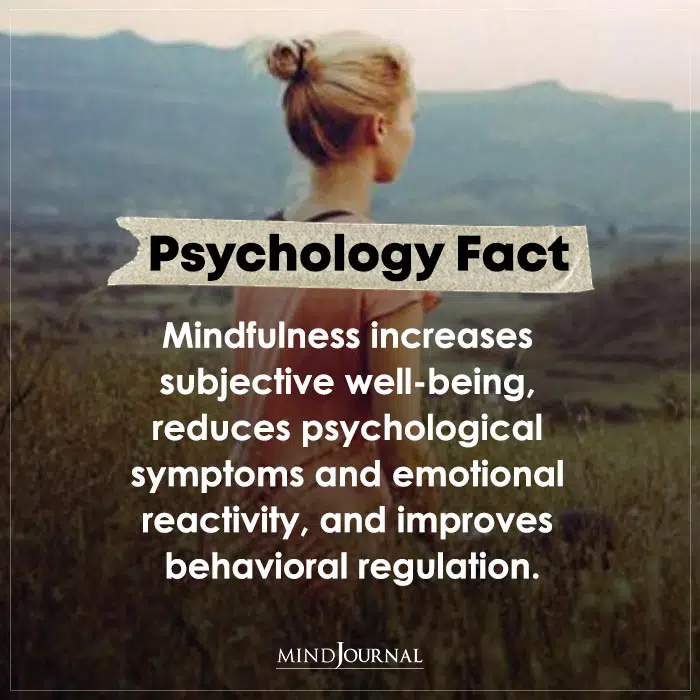
- State-based mindfulness is a state of consciousness. Its opposite, mind-wandering, is our default state of consciousness. Research illustrates that when we’re mindful instead of mind-wandering, we’re happier, regardless of whether the task is easy, hard, fun, or boring.
- Trait-based mindfulness entails one’s tendency to be mindful across time and different situations. Said another way, individuals consistently higher in state-based mindfulness are by definition higher in trait-based mindfulness. The key difference is that trait-based mindfulness is about superior self-regulation—which helps bring one’s attention back to the present.
- Mindfulness practices entail purposeful interventions such as mindfulness meditation. Such practices immediately increase state-based mindfulness, but the mindful state typically doesn’t last longer than the length of the intervention itself. Research suggests, however, that regular mindfulness practice over an extended period of time has the capacity to increase trait-based mindfulness. In total, this suggests that one-off mindfulness interventions aren’t all that useful in the workplace. But thanks to neuroplasticity research, we now know that regular, long-term mindfulness practices can change our brain for the better.
Related: 11 Daily Zen Habits That Will Transform Your Life
The Four Dimensions Of Workplace Mindfulness
One of the biggest challenges for workplace researchers has been pinpointing the behavioral manifestations of workplace mindfulness. There finally appears to be some degree of consensus among workplace scholars. The four dimensions are as follows:
- Describing entails the ability to “tune in” to one’s experience (e.g., thoughts, emotions, etc.), label it accurately, and describe it in words. This is important in the workplace because it ensures that you are being authentic and transparent about your needs or your position on a situation. Further, it ensures that you’re able to explain these items to others in ways that they’ll understand.
- Non-Reactivity involves accepting your thoughts and emotions—particularly those that are negative or detrimental—and allowing them to come and go without getting caught up in them. As an example, getting angry is part of human nature. But instead of anger being existential (“I am angry”) it is reframed as experiential (“My body is experiencing the physiological signals of anger”).
- Non-Judging entails experiencing thoughts and feelings without criticizing oneself for having them. Everyone has counterproductive thoughts and feelings. Those capable of non-judging view these thoughts with acceptance and curiosity. Instead of being self-critical, they investigate the source in order to learn more.
- Awareness entails being attentive to and fully in-tune with one’s current experience. It involves paying attention and staying focused even when distractions are swirling around you. This is what most people think of when they hear about mindfulness. Although central to mindfulness, without the other three dimensions it has limited utility.
Related: Meditation: The Scientific Reasoning and Religious Perspective of Meditation
The Paradox Of State-Based Mindfulness At Work
Contrary to popular belief, workplace mindfulness isn’t always ideal. Depending on the goal, it can be good, bad, or indifferent.
- Detrimental to Task Motivation. State-based mindfulness is associated with acceptance of one’s situation. In business, however, it’s also important to never give up and be future-oriented. Thus, state-based mindfulness might be detrimental when the situation requires you to push through challenges and make things better.
- Beneficial for Well-Being. State-based mindfulness is associated with a host of well-being related outcomes. This suggests that state-based mindfulness is ideal for dealing with intense or stressful challenges while at work.
- Situation-Dependent. Mindfulness is not the ideal state of consciousness for all circumstances. Mindfulness entails being present to a broad array of stimuli. Its conceptual sister, flow, entails being present to a narrow set of stimuli. Flow is actually the better state of consciousness for deep-thinking tasks, while mindfulness is ideal for quick-thinking tasks or interacting with others.
Related: Use Meditation And Journaling To Improve Your Mental Health
The Benefits Of Trait-Based Mindfulness
I’ve collected data on dozens of samples evaluating a wide variety of workplace phenomena and I’m yet to find anything negative about trait-based mindfulness. The same goes for all of the published research in work-specific, peer-reviewed journals. What makes trait-based mindfulness helpful is that it facilitates self-regulation—the capacity to change one’s behavior given one’s awareness of themselves and their circumstances. Below are a few examples from my research.
- Multi-tasking is thought to be detrimental to our productivity. We experience a “cognitive cost” when switching from one activity to another. My research illustrates that multi-tasking negatively impacts work-life balance and life satisfaction for those that are lower in trait mindfulness. However, multi-tasking positively impacts these outcomes for those that are higher in trait mindfulness.
- Motivation diminishes across the workweek. We’re recovered and on-task on Mondays, but our focus and energy dwindle as we get closer to Fridays. My research illustrates that this is only the case for those lower in trait mindfulness. For those higher in trait mindfulness, motivation (and performance) stay the same across the workweek.
- Using devices (e.g., phones, tablets, computers) for nighttime relaxation is thought to be a major culprit in ruining our sleep and next-day productivity. My research illustrates that for those lower in trait mindfulness, device usage indeed leads to bedtime procrastination, and in turn, lower sleep quality and next-day performance. But for those higher in trait mindfulness, device usage relates to psychological detachment (an important form of work recovery), and in turn, better sleep quality and next-day performance.
It’s important to be mindful about workplace mindfulness. Anytime a workplace “revolution” appears we should be interested, yet skeptical. There’s never been a silver-bullet solution to employee ailments. And although workplace mindfulness is incredibly useful, it’s not the holy grail of workplace interventions.
Over the last seven years, I’ve kept an eye on the phenomena and tried to stay patient, waiting for details and clarity. Just like anything else, the devil is in the details. The definition (e.g., state, trait, practice) and dimensionality (e.g., describing, non-reactivity, etc.) of concepts matter. We all benefit when science finally catches up with practice.
Take this Workplace Mindfulness Assessment to see how you compare to your peers.
Mindfulness in the workplace can help relieve anxiety, anxiety, and conflict while also increasing communication among coworkers. Now is the time to learn and imbibe this habit!
Written by: Scott Dust, Ph.D. Originally appeared on: Psychology Today Republished with permission
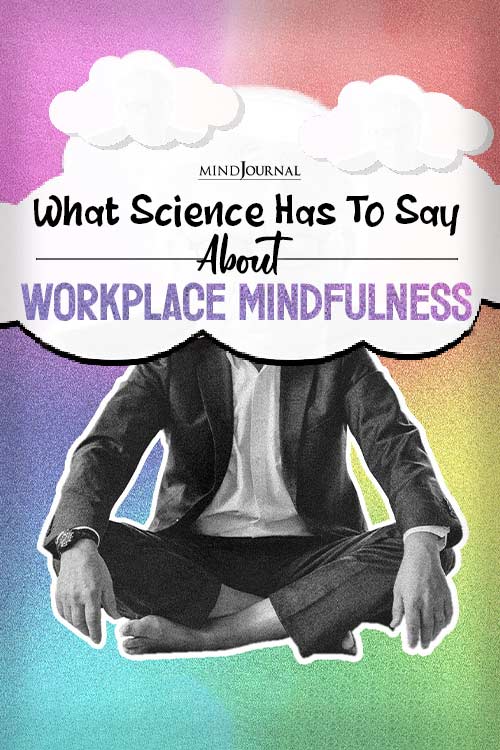
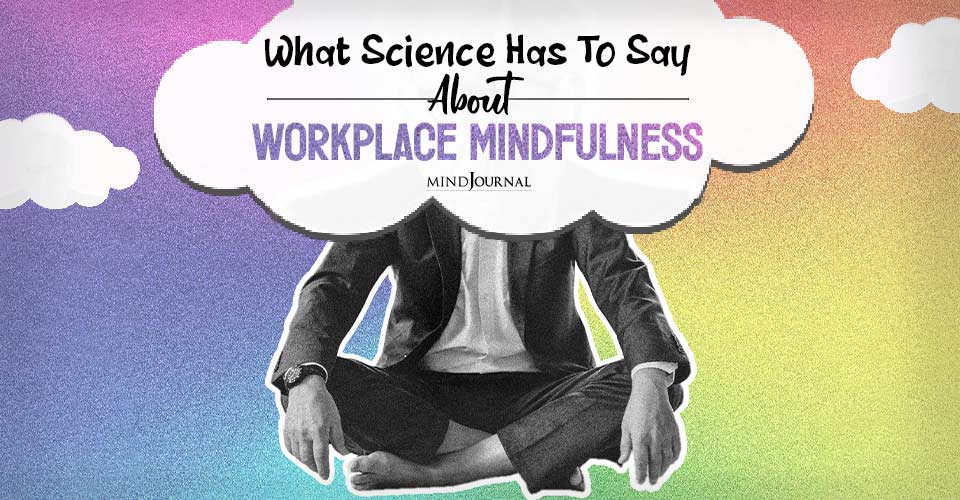

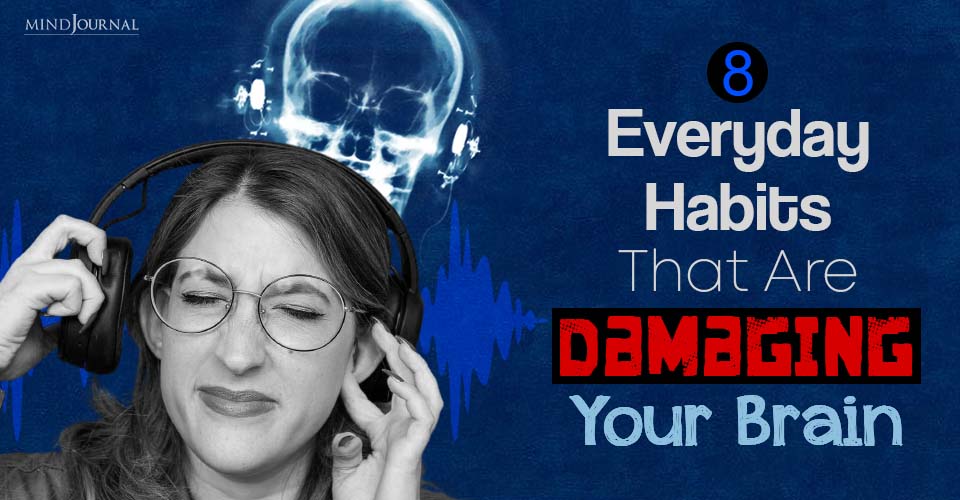


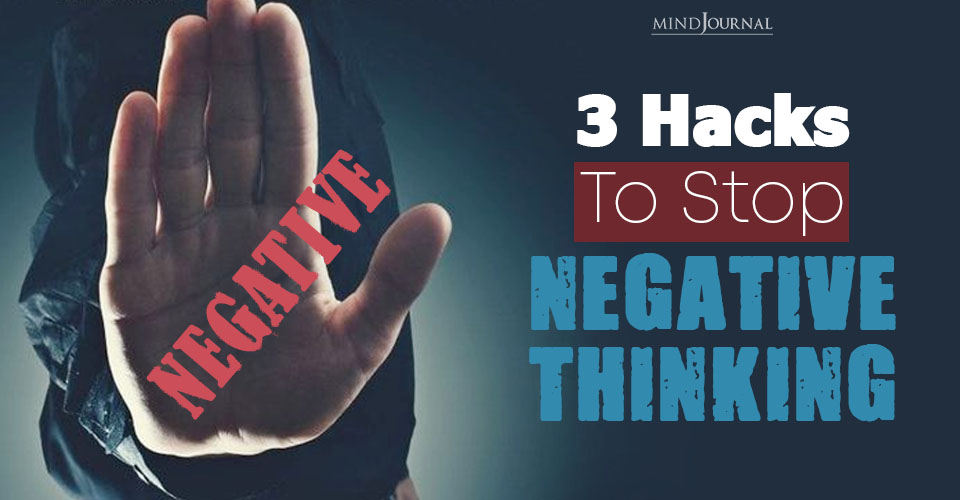


Leave a Reply
You must be logged in to post a comment.